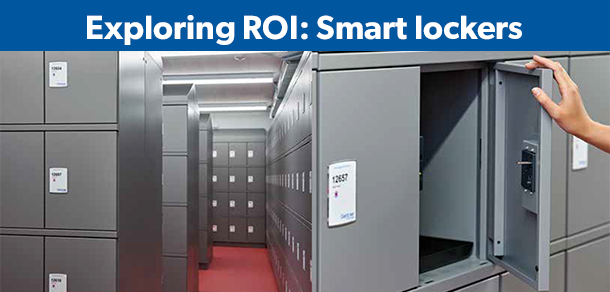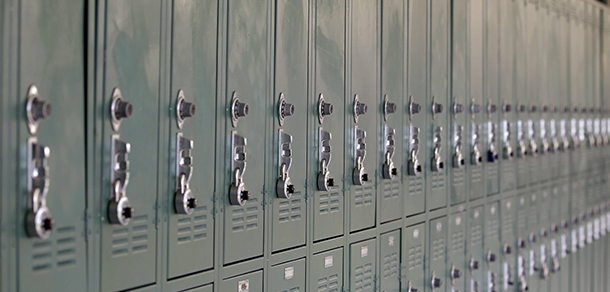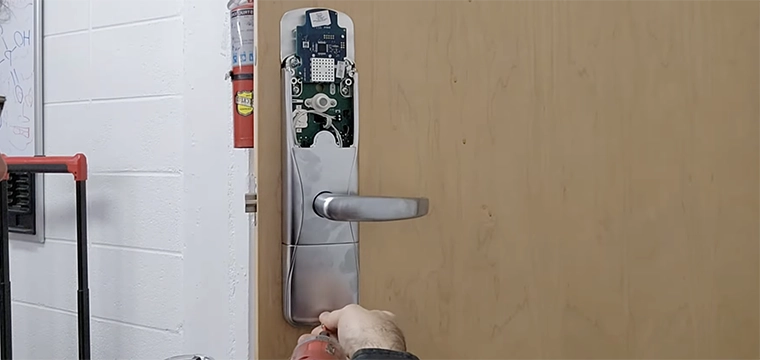
Related article: Smart locker ROI:
Campuses find strong business case pairing contactless lockers with student IDs

Given the up-front investment required to install a modern, contactless locker system, traditional “dumb” lockers with combination locks or keys might appear to be a more cost-effective option. But the hidden costs of managing, maintaining and staffing traditional lockers can quickly surpass the up-front costs of smart lockers, thus making the contactless locker ROI superior.
Today, most university lockers are still operated as they were 60 years ago – with mechanical key or combination locks
A networked locker system has a ten to 15-year life span and ultimately offers a much lower cost of ownership than traditional locks, says Gerhard Pichler, business development manager for contactless locker provider, Gantner Technologies.
“Although the initial investment costs are higher, in the long run they are substantially cheaper than traditional lockers,” Pichler says. “Typically, the additional investment costs are paid back within the third year of operation.”
More college campuses are turning to smart technology to provide a modern edge, while offering greater security to their students. These upgrades come at a time when locker systems have remained largely unchanged for decades.

Related article: Smart locker ROI: Campuses find strong business case pairing contactless lockers with student IDs |
“Today, most university lockers are still operated as they were 60 years ago – with mechanical key or combination locks,” Pichler says.
Mechanical locks, however, require the time-consuming process of key management. That means paying someone to rent out locker units to students and to be there in case someone forgets a combination or locker number.
And when keys are lost, these lockers require costly key or lock replacement. This means that the university pays for both the labor and equipment needed to put the impacted locker back into service.
The construction of traditional locks can also create problems. For example, students put too much inside a locker, there’s a chance of obstructing the lock. Again such situations require staff involvement, adding to the cost of system operations.
Electronic combination locks can eliminate the hassle of mechanical keys, but they too come with significant limitations. They require environmentally hazardous, time-consuming battery replacements; they provide no mechanism for easily determining a forgotten locker number or combination; and they provide no management features, making it difficult to control and expensive to manage a large locker system, Pichler says.
Pichler points to the example of Northeastern University lockers, where Gantner recently installed a large scale networked system. Previously, the university had to dedicate 300 man-hours to managing and reconfiguring lockers at the close of each term.
Since the installation of the new contactless lockers, that need has gone away because the locker management software is able to perform those tasks and electronically control the individual networked lockers. “There’s no human involvement in assigning new students to the system,” Pichler says. It is an perfect example of why the hidden costs of traditional lockers make contactless locker ROI a more attractive proposition.




